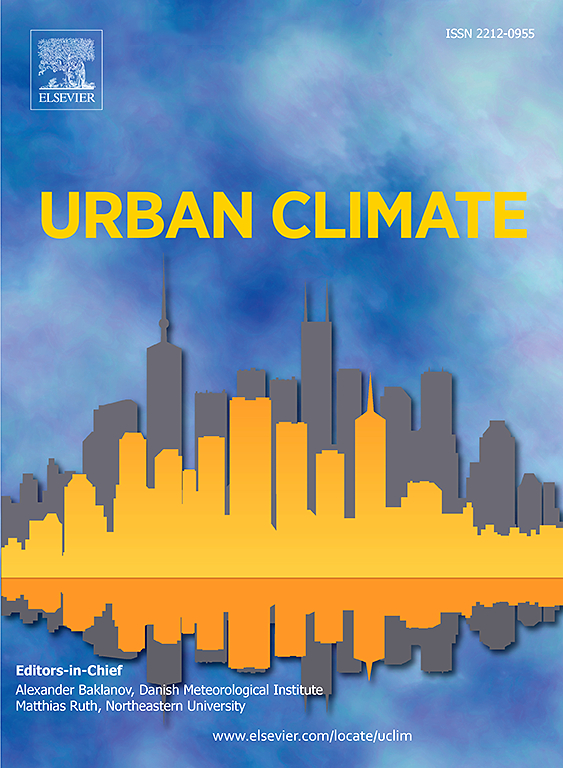Spatiotemporal characteristics and influencing factors of heterogeneity in human dynamic exposure risk to particulate matters
IF 6.9
2区 工程技术
Q1 ENVIRONMENTAL SCIENCES
引用次数: 0
Abstract
Urban residents face serious health issues owing to air pollution, especially from particulate matter (PM). The dynamic exposure risk of PM exhibits intricate spatiotemporal fluctuations influenced by resident activity and urban patterns. Therefore, high spatiotemporal resolution assessments and researches are needed. In this study, high-resolution dynamic exposure risk was assessed using mobile monitoring of three types of PM (PM1, PM2.5, and PM10) and cell phone signaling data in the center of Shenyang, China, combined with geographically weighted regression model and dynamic exposure risk model. And influencing factors of dynamic exposure risks were explored by boosted regression tree model. The results showed that high-risk areas were concentrated along the main roads. Residents suffered greater risks during the morning peak than evening peak, and weekday than weekend. The dynamic exposure risk was significantly affected by the speed of population mobility (relative influence>55.49), surpassing the effect of POI (Point of Interest) density (relative influence<36.55), except during the weekday morning peak. POI density more pronounced affected on dynamic exposure risk of PM2.5, except during the weekend evening peak. Leveraging diverse data with model simulations to independently analyses based on human activity enables a cost-effective assessment and better understanding of the spatiotemporal variability of dynamic exposure risks.
人体颗粒物动态暴露风险异质性的时空特征及影响因素
城市居民因空气污染,特别是颗粒物污染而面临严重的健康问题。PM动态暴露风险受居民活动和城市格局的影响呈现复杂的时空波动。因此,需要进行高时空分辨率的评价与研究。本研究利用移动监测的3种PM (PM1、PM2.5和PM10)和手机信号数据,结合地理加权回归模型和动态暴露风险模型,对中国沈阳市中心地区进行高分辨率动态暴露风险评估。采用增强回归树模型探讨了动态暴露风险的影响因素。结果表明,高发区主要集中在主要道路沿线。居民在早高峰时的风险大于晚高峰,工作日的风险大于周末。除工作日早高峰时段外,人口流动速度对动态暴露风险的影响显著(相对影响度<; 55.49),超过了POI (Point of Interest)密度的影响(相对影响度<;36.55)。除周末晚高峰时段外,POI浓度对PM2.5动态暴露风险的影响更为显著。利用不同的数据和模型模拟来进行基于人类活动的独立分析,可以进行具有成本效益的评估,并更好地了解动态暴露风险的时空变异性。
本文章由计算机程序翻译,如有差异,请以英文原文为准。
求助全文
约1分钟内获得全文
求助全文
来源期刊

Urban Climate
Social Sciences-Urban Studies
CiteScore
9.70
自引率
9.40%
发文量
286
期刊介绍:
Urban Climate serves the scientific and decision making communities with the publication of research on theory, science and applications relevant to understanding urban climatic conditions and change in relation to their geography and to demographic, socioeconomic, institutional, technological and environmental dynamics and global change. Targeted towards both disciplinary and interdisciplinary audiences, this journal publishes original research papers, comprehensive review articles, book reviews, and short communications on topics including, but not limited to, the following:
Urban meteorology and climate[...]
Urban environmental pollution[...]
Adaptation to global change[...]
Urban economic and social issues[...]
Research Approaches[...]
 求助内容:
求助内容: 应助结果提醒方式:
应助结果提醒方式:


